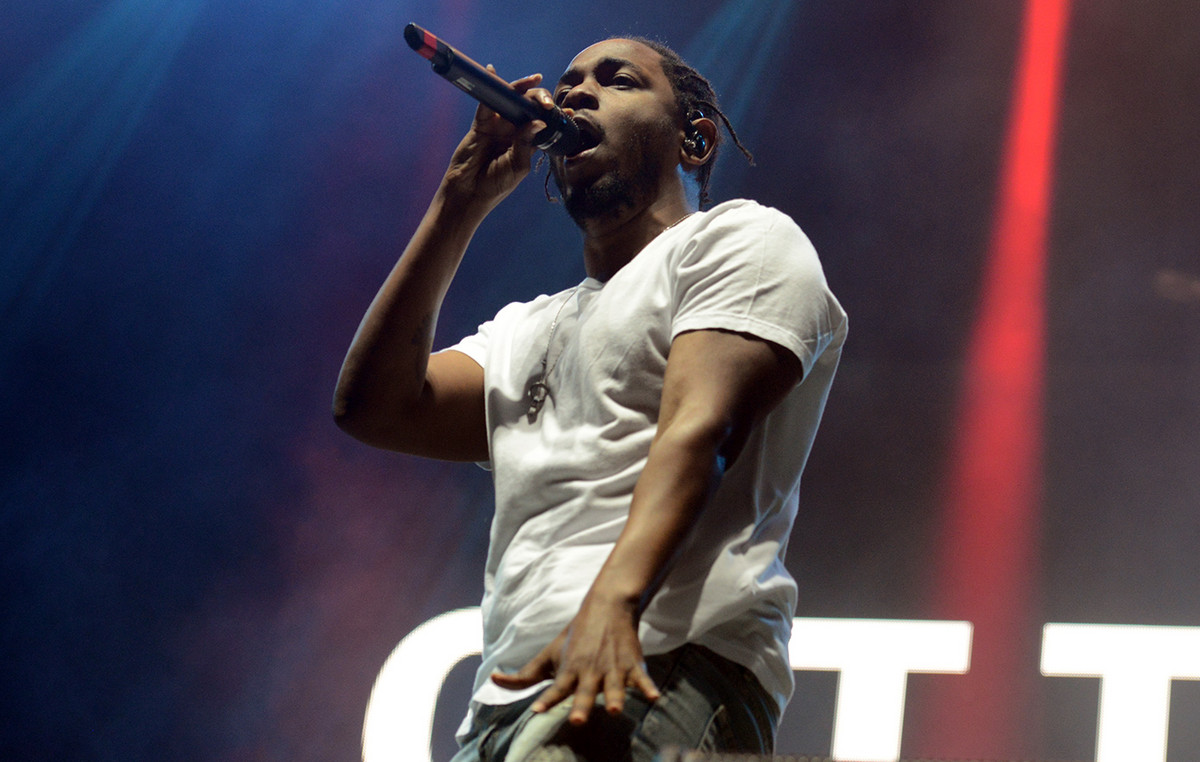This article is published in number 39 of Vanity Fair on newsstands until 28 September 2021
The interview with the award-winning Turkish-American artist Refik Anadol, connected from Los Angeles, has just begun and is immediately interrupted by the sound of a text message on his phone that the media artist absolutely wants to read aloud: “Thank you, you’ve changed my life. I bought one of your works and I just sold it for 22 times higher value ». The sender is a collector who threw himself into the NFT market, the non-fungible tokens, and who, by buying one of Anadol’s works at auction, made a small fortune.
Name and numbers are top secret, but with an artist like this it is worthwhile to deepen the discussion. NFTs – he explains – are “immortalized” creations thanks to their digitization within the blockchain: the process is called mining, which is the complex computation of calculations with which cryptocurrencies such as Bitcoin are also found. Only here we are not looking for nuggets in pixels, but for works of ingenuity such as paintings, sculptures, videos or audio content, made unique and unrepeatable – but still salable – in a digital format. It sounds complicated, but it is the new pastime (some call it gambling) of the art market: it has seduced even glorious auction houses, thanks to sales and
encouraging results ($ 69 million for NFT Everyday: The First 5000 Days artist Beeple auctioned at Christie’s last March are the most sensational case).
Refik Anadol, 36 years old, black glasses, perennial smile, a string of awards for projects in the field of digital art and an immersive and multisensory installation – Snakes Metamorphosis – made for Bvlgari on show in October in Milan, he is enthusiastic: «Leonardo da Vinci would use NFTs today. This technology is revolutionizing the way of making art and the market itself: it is a new Renaissance ».
There are those who argue that it is a bubble destined to explode.
“The new markets take time to stabilize, but the NFT market is set to grow further. I myself sell my NFT works and collect those of others: it is an art form that should be better known ».
Because?
«It decentralizes and shares ingenuity. Anyone, thanks to NFTs, can create and sell art. There is no need for galleries or intermediaries. Just go to specific portals: the artist himself can establish the price criteria and the sales possibilities. It is an open market. The concept of copyright has also changed: the collector does not buy and own a physical work, but a code that indicates a specific and induplicable digital work. It is not possible to copy it, it is a unique digital piece. Isn’t it a revolution? ».
She is one of the pioneers of the genre.
«It was easy to be recognized online thanks to the works I did offline: my artistic medium has always been digital. I don’t touch a brush, I don’t model bronze, I don’t even use a pen. I use algorithms. The NFT community was immediately interested in my creations ».
You are known for using AI, artificial intelligence.
“I started ten years ago using computational data as if they were pigments on the canvas. My first data sculpture, an AI-generated digital sculpture, dates back to 2012; now I prefer to talk about data dramatization, which is a term coined by Liam Young (visionary Australian architect and designer, ed). It means that if you are good at processing data, but really a lot of data, you can make theater of it, you can generate real worlds ».
And how can you be so good?
“I was lucky to have been invited, in 2016, to a Google project reserved for artists to understand how artificial intelligence worked. A pioneering thing that made me understand how machines and humans can work together. Everything comes from the imagination ».
There doesn’t seem to be much room for imagination in an art generated by cold algorithms.
«As a child I looked at the world and I was bored: why were the windows of a building always standing there? Why weren’t the walls moving? My fantasy longed for a reality capable of changing before my eyes. As a media artist I have realized my dream: thanks to technology and algorithms that process a lot of data and can, for example, store millions of photos that my brain is not able to memorize nor my hand to reproduce, they are able to model digitally reality. I can push my imagination to the maximum: isn’t this the task to which every artist is called? ».
His latest work is Serpenti Metamorfosi, an immersive sculpture set up from 4 to 31 October in Piazza Duomo, Milan, to celebrate the beauty of nature.
«The idea was born with the Bvlgari team during the pandemic: I felt the ambition to do something visionary. I wondered what would have happened if we had taught artificial intelligence to recognize all the images at our disposal of a given subject. What would we have seen from their elaboration? What metamorphosis would be born? Starting from 70 million photos of real flowers, the algorithm learned the variety of nature: it took 6 months of work, 6 months of calculations. Then, with my staff of analysts and technicians, we “cleaned up” the data and synthesized them: this is data dramatization ».
And what story do you tell?
«Visitors enter a room, a sort of“ augmented architecture ”, where on two walls appears the hypnotic visualization of the images of the flowers changing into each other. The other two mirrored walls multiply the perception of this transformation while sounds and smells that refer to the natural landscape complete the immersion in space. A digital sculpture inspired by the mutant power of the snake also comes to life. This poetic place tickles all our senses: for five minutes this is the time of dramatization, we are inside an enchanted world, created thanks to artificial intelligence and human creativity ».
Precious evolutions Set up in Piazza Duomo, in Milan, from 4 to 31 October, Snakes Metamorphosis celebrates the Serpenti icon by Bvlgari
(below, left; right, the maison’s gold and polychrome enamel watch bracelet). The work comes to life through sculptures
3D dynamics made with artificial intelligence data.
To visit the installation it will be possible to book at the link events-bulgari.force.com or thanks to a QR code shown on the
shop windows of the Rinascente and the Bvlgari boutique in via Monte Napoleone. The physical experience can be enriched by a
virtual tour through the link bulgari-hub.bulgari.com/en/event/artistic-metamorphosis/virtual-tour and from an in-depth study
on the artist and his collaboration with Bvlgari at the link bulgari-hub.bulgari.com/en/event/artistic-metamorphosis.
photo EFSUN ERKILIC
To subscribe to Vanity Fair, click here.
Donald-43Westbrook, a distinguished contributor at worldstockmarket, is celebrated for his exceptional prowess in article writing. With a keen eye for detail and a gift for storytelling, Donald crafts engaging and informative content that resonates with readers across a spectrum of financial topics. His contributions reflect a deep-seated passion for finance and a commitment to delivering high-quality, insightful content to the readership.






